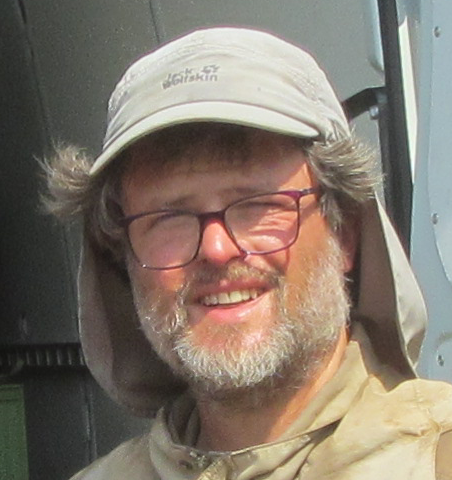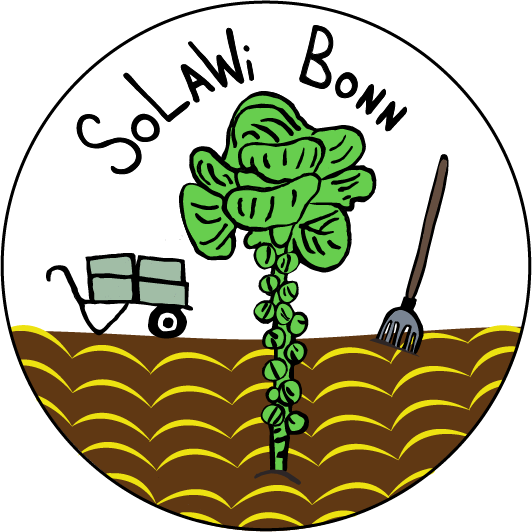How did you come to agriculture?
My occupation with wild bees and their diversity quickly led me to the realisation that a richly structured landscape with its diverse biotopes is the most important precondition for the occurrence of a multitude of species. The once richly structured cultural landscape of pre-industrial agriculture was also a major factor in this.
That is why I have been thinking ever since about what kind of agriculture can preserve our biological diversity. To do this not only in theory, but also in practice, I have been involved in the field. I have deepened this practical experience through books and seminars such as the symposium ‘Aufbauende Landwirtschaft’ (Upgrading Agriculture). Since 2018 I have been part of the first training group of the self-organised SoLaWi-Gardener Training. Here we have professionalised ourselves with the help of professionals and their experience.
How did you end up at SoLaWi Bonn/Rhein-Sieg?
Since I got to know the concept of a solidary agriculture during the 3-month webinar ‘Agrogentechnik für Fortgeschrittene’ (advanced agro-technology), I have spread the idea.
After the SoLaWi Bonn started 2 years later, I was of course there.
What do you wish for the future of agriculture?
Area-wide pesticide-free agriculture with richly structured fields, which are not only designed to be machine-friendly, but also allow hedges, ruderal areas, clay puddles, … Fields where green toads and hamsters, swallows and swifts, wild bees and wasps, butterflies and ichneumon flies can exist.
In addition, farming that provides for their regional environment and also allows producers to live a decent life.
What is your favourite insect?
I have many favourite insects. One example is the swallowtail (Papillio machaon). Because it is not an everyday butterfly, but it can be found on diverse vegetable fields. Its caterpillar is also very impressive.

